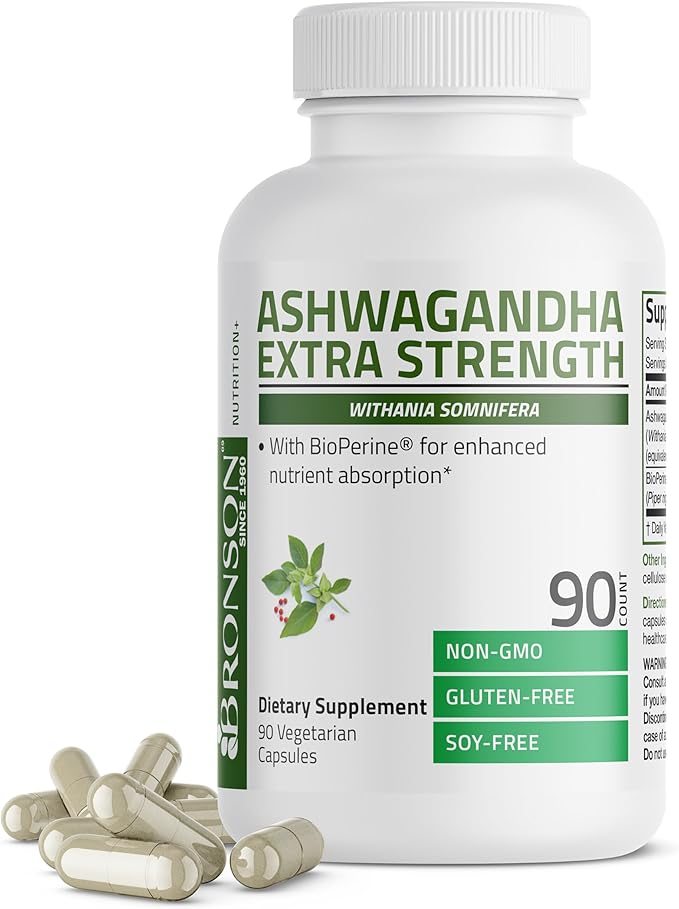Can you take Alpha Linolenic Acid and Sodium Ascorbate together?
Interaction Details
Taking Alpha Linolenic Acid and Sodium Ascorbate together has the potential for good synergy, suggesting a rating of 4 out of 5.
Alpha Linolenic Acid (ALA) is an omega-3 fatty acid with anti-inflammatory properties, while Sodium Ascorbate is a form of vitamin C, which is known for its antioxidant properties. When taken together, the combination may enhance the body's antioxidant capacity. Vitamin C can help in the recycling of other antioxidants, potentially increasing the effectiveness of ALA's anti-inflammatory actions. The synergy could be attributed to the complementary mechanisms of action: ALA's anti-inflammatory effects paired with vitamin C's antioxidant and immune-boosting properties could create a beneficial combination for overall health, potentially supporting heart health and immune function.
Potential Benefits
Potential Risks
Related Studies
Alpha Linolenic Acid
Alpha-Linolenic Acid (ALA) is an omega-3 fatty acid found in plant-based foods such as flaxseeds and walnuts. It is considered an essential fatty acid because the human body cannot produce it on its own.
Some benefits of ALA include supporting heart health and reducing inflammation.
Sodium Ascorbate
Sodium Ascorbate is a form of vitamin C, a water-soluble antioxidant that plays a crucial role in various bodily functions, including immune system support, collagen production, and iron absorption.
Some benefits of Sodium Ascorbate include:
- Boosts immune system.
Sodium Ascorbate supports the production of white blood cells, which helps to fight off infections and diseases, making it an essential nutrient for overall immune function. - Antioxidant properties.
Sodium Ascorbate has potent antioxidant properties, which help to protect cells from damage caused by free radicals, reducing the risk of chronic diseases such as cancer and heart disease. - Supports collagen production.
Sodium Ascorbate is necessary for the production of collagen, a protein that gives structure to skin, bones, and connective tissue, making it essential for wound healing and skin health.
